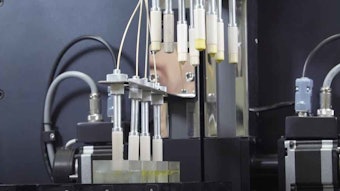Editor’s note: This article is the basis for the Dec. 6, 2012, Frontiers of Science Award Lecture sponsored by Cosmetics & Toiletries and presented at the Society of Cosmetic Chemists’ Annual Meeting in New York. Here, the esteemed Rox Anderson, MD, explores the biology, physics and chemistry of skin in relation to technologies that could shape and are shaping the direction of the cosmetics industry.
It often is for the same reason—a desire to look better—that consumers use cosmetics and topical medications, and undergo skin treatments with lasers and other devices. The advantages, disadvantages and mechanisms of these three strategies are different. This paper explores the potential to improve and combine these strategies, from the perspective of a long-standing student of physics and skin biology, who practices dermatology and has introduced laser and other technologies for skin treatments. These experiences suggest there is no well-defined line between esthetic and medical problems in dermatology. Similarly, it is only for convenience that cosmetics, herbal agents, drugs, devices and procedures are viewed as separate entities. In practice, the boundaries between them are blurred and they are often used simultaneously, with many interesting interactions.
Spectral Reflectance
Makeup applied to the skin is primarily designed to hide unwanted lesions, to obscure the appearance of wrinkles, and to improve or change skin color. Traditional makeup changes the skin’s appearance by applying an external layer of materials with optical scattering and absorption properties. An essential challenge of such cosmetics is to mimic the appearance of healthy skin.










